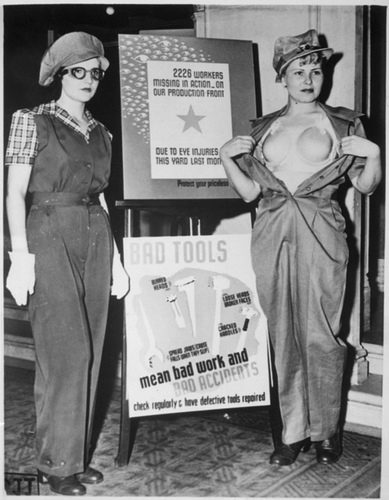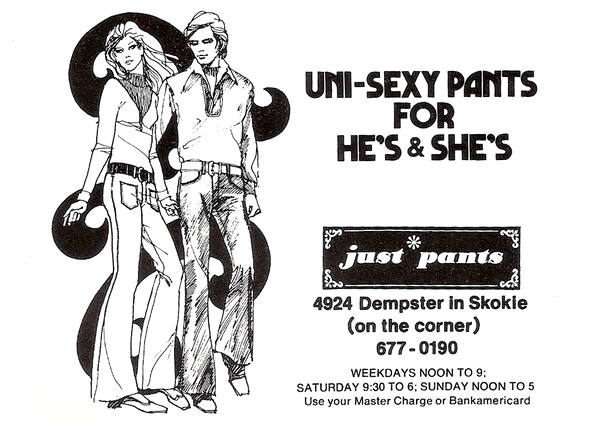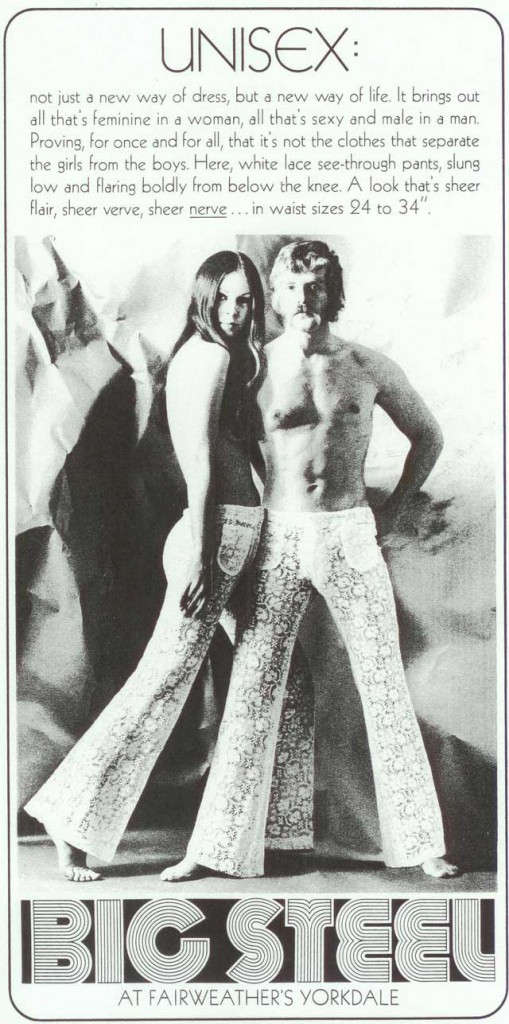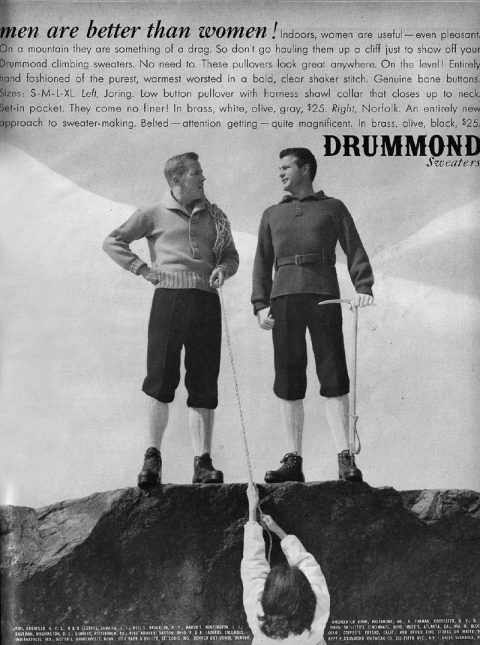These displays, featuring mannequins posed as if they are being attacked by an invisible assailant, could be seen in the windows at Barneys New York this week:
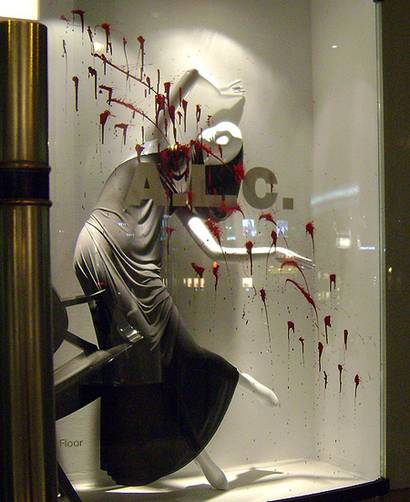
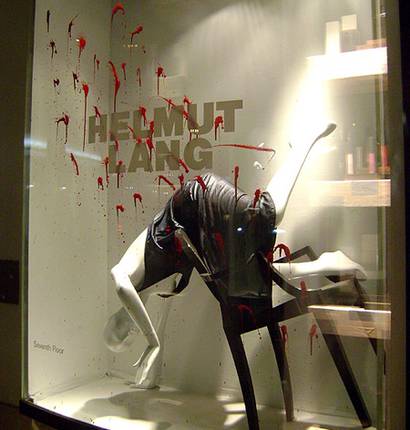
They were disassembled when shoppers complained.
—————————
Lisa Wade is a professor of sociology at Occidental College. You can follow her on Twitter and Facebook.

